Evaluating My Performance
Performing in the morning, I learned from Theatre for Children, can be demanding on the voice. Therefore, I created a little warm up for myself, based on various exercises undertaken for T4C and came up with the following:
*Breathe in and out (in through nose, out through mouth), hold and release for 5/10/15secs.
*On a release breath say ‘ahhhhhh’, ‘sssssssss’ and ‘hmmmmmmm’ alternatively.
*Chew toffee (small toffee, big toffee)
*Scales (high and low)
*****
Overall, I’m incredibly happy with the way my performance went. One of the aspects I was most nervous about was performing my piece to an audience of 30 when, throughout my process, I’ve only ever had a maximum of 5 people see it in its skeletal form! My performance was essentially based on myself and my own experiences. It therefore required a focus and a concentration that was different, or at least felt different, than if I was performing a character. It was only when I was putting the performance on its feet, throughout the rehearsal period, that this realisation hit me. I was performing myself and the younger version of me, intertwined, which felt more true and honest than if I was a character but made me feel very open and vulnerable simultaneously. I didn’t need to worry though. They were a truly supportive audience and even laughed in places that I hadn’t expected, which was very comforting and put me at ease.
“The presence of a single performer in front of an audience of many instantly creates conflicting roles for both performer and viewer – great power and great vulnerability” (Bonney, 2000, xiii)
I’ve never been very confident with using tech and in this performance, some of my cues relied on it. Whenever I’ve created a performance in the past, I’ve always been wary of this just in case the tech suddenly goes wrong. For my final performance however, I wanted to challenge myself. I wanted to give myself the opportunity to work in an aspect of performance that I’ve never really dealt with before. The techies who worked with me on this were extremely hard working and helped put my vision onto the stage. The lighting and the sound throughout was spot on and came in at all the right places. I couldn’t fault this element at all.
If I were to do the performance again, I would consider having the audience placed at the sides of the performance in between the drapes, as well as end on, so my performance would almost be performed in the round. This idea was presented to me in the tech and so I didn’t want to drastically alter my staging the day before my performance, but if I had more time, I would consider incorporating the hide and seek element of the performance with the audience to make them feel as if they are peering, even more so, into the world of my imagination.
“…working at this friction point between the self and the world” (Giannachi, 2012, 46)
One thing I’ve learnt from this performance is to have more confidence in and trust myself when it comes to making decisions and performing something that is my own creation. Before I knew it, the performance was over and I suddenly wanted to do it again! The audience were all so positive about my show and it were those comments that made me realise that I’d created a show that I could be proud of.
References:
Bonney, J. (2000) Extreme Exposure: An Anthology of Solo Performance Texts from the Twentieth Century. New York: Theatre Communications Group.
Giannachi, G., Kaye, N. and Shanks, M. (2012) Archaeologies of Presence. London and New York: Routledge.
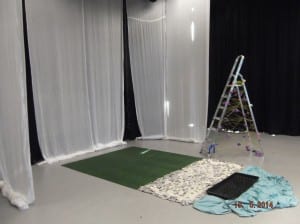
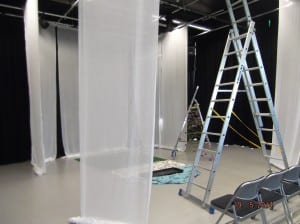
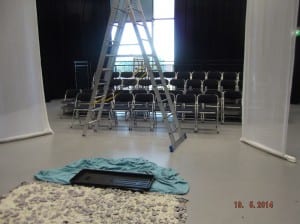
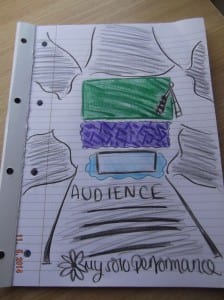
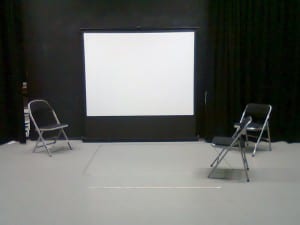
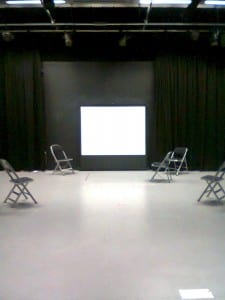
Recent Comments